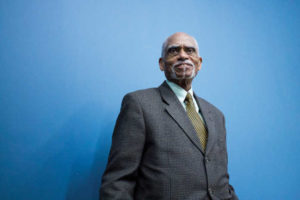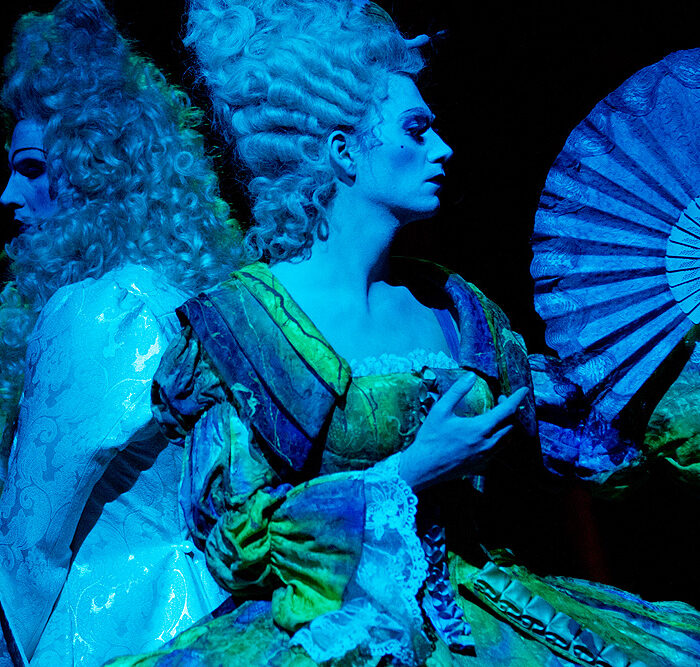
Artist Profile: Legendary Tenor George Shirley
By Gillian ReinhardOn July 8, 2014, American tenor George Shirley was the recipient of a lifetime achievement award from the National Association of Teachers of Singing. It was just one of the many accolades received by the trailblazing musician, who is best remembered as the first Black musician to sing a leading tenor role at the Metropolitan Opera.
Shirley was born on April 18, 1934 in Indianapolis, Indiana. Later in his childhood, his family moved to Detroit, Michigan, where he began singing in church.
Shirley has kept a close relationship with his home city of Detroit and was the first Black music teacher in Detroit public schools. On scholarship, he attended Wayne State University but was drafted in the 1950s. While serving in the military, he became the first Black member of the United States Army Chorus, which inspired his love of classical music and opera.
Shirley’s career as a tenor began in 1959 in Woodstock, NY, where he sang “Die Fledermaus.” After winning his first competition, Shirley was invited to Milan to sing Rodolfo in “La Boheme.”
Following his success in Europe, Shirley returned to the United States to win the Metropolitan Opera Auditions in 1961, with a performance of “Nessun dorma.” This victory ignited an eleven-season long career at the Met, which included 28 leading roles in 26 operas. In the 1960s, he appeared on stage more than any other tenor. Additionally, Shirley also made appearances at the Royal Opera House, the San Francisco Opera, the Chicago Lyric Opera, and the Scottish Opera.
The success of Shirley coincided with the tenure of Sir Rudolf Bing, the first general manager of the Met committed to hiring Black singers and integrating the company. Famously, he hired Marian Anderson in 1955 to sing in “Un ballo in maschera,” becoming the first Black singer to perform at the Met. This achievement was followed a month later with the debut of baritone Robert McFerrin as Amonasro in “Aida.” Before both took the stage, however, the lyric soprano Helen L. Phillips received a contract from the Met Opera in 1947 as a substitute chorus member.
George Shirley was the Met’s first Black star. While Anderson and McFerrin were hired in supporting roles, Shirley’s first appearance at the Met was in the leading role of Ferrando in Mozart’s “Così Fan Tutte” opposite Roberta Peters as Despina in 1961. He was also the first Black singer to receive a contract from the Met.
Throughout his career, Shirley has sung more than 80 roles in opera houses around the world. In 2014, President Barack Obama awarded Shirley the National Medal of Arts, the highest honor for American artists. Today, Shirley maintains his commitment to teaching young singers and is the Joseph Edgar Maddy Distinguished Emeritus Professor of Voice at the University of Michigan.
Signature Roles
Shirley is known for taking a center-stage role at the Metropolitan Opera, where he sang dozens of famous tenor heroes from Rodolfo to Ferrando, a role which earned him a Grammy award in 1967, opposite Leontyne Price.
Other famous roles include the title role of Mozart’s “Idomeneo” and Pelléas in Debussy’s “Pelléas et Mélisande.” In 1998, Shirley sang Sportin’ Life in “Porgy and Bess,” a role he avoided earlier in his career in fear of being typecast.
Watch and Listen
Shirley in “Così Fan Tutte.”
Shirley at age 64, in “Porgy and Bess” (1998)
Shirley in “Carmen,” 1962
Interview with Shirley on “Porgy and Bess”
Categories
Opera Wiki

